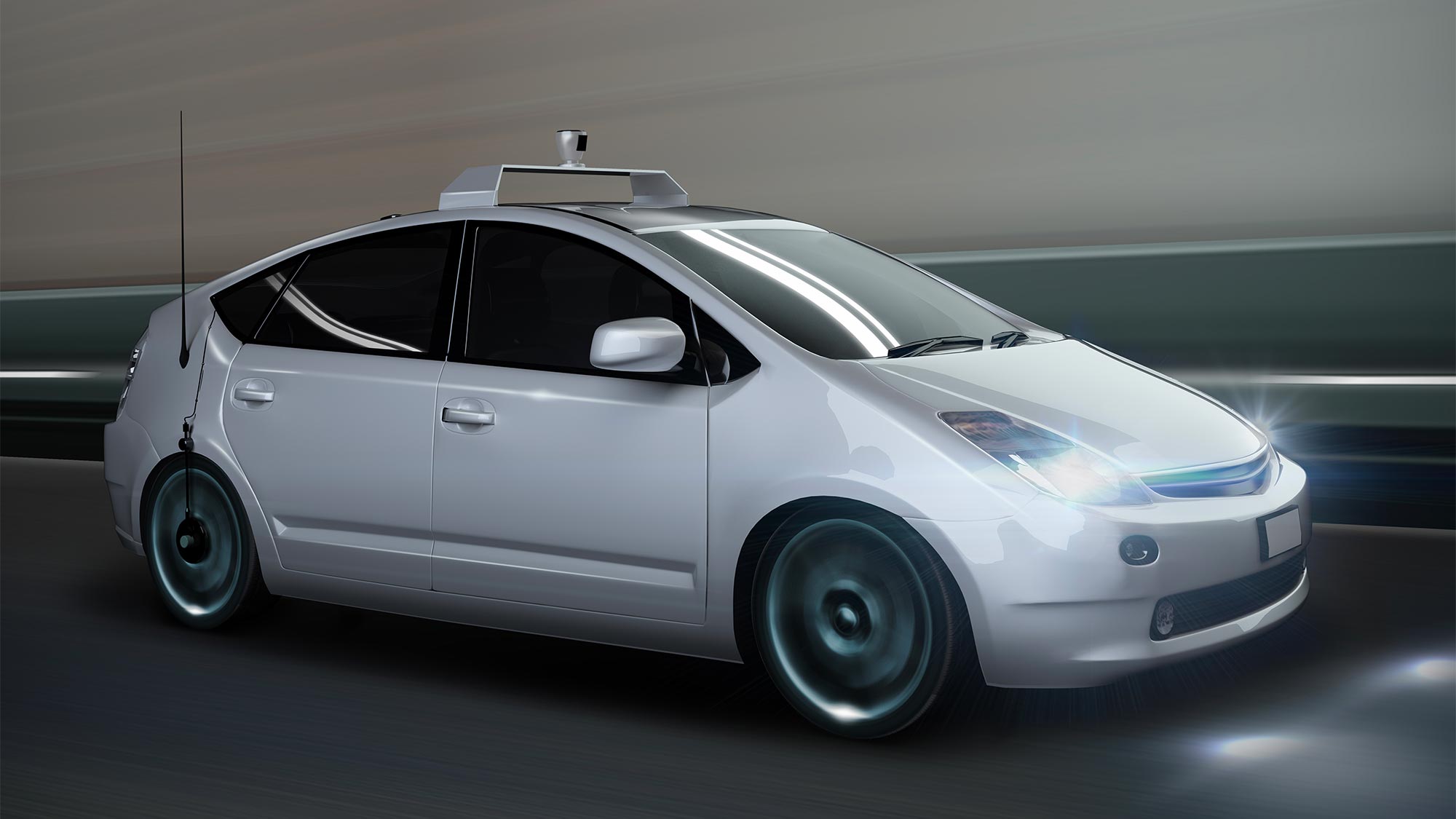The media has been heralding a world of driverless cars for decades. Reality, however, has been slower to deliver. Digital technologies are now delivering not only intelligent vehicles but the ecosystems that enables them. We are working with those technologies to make intelligent mobility a reality.
With most road collisions the result of human error, CAVs were seen as a valuable technology to reduce accidents. Today, their efficiency and planned alignment with Electric Vehicle developments also make them an integral part of the drive to net zero. Our vision is to unlock both of these goals, delivering the ‘zero/zero’ of safe and sustainable mobility.
“The impact of new technologies is often overestimated in the short term but underestimated in the long term. CAVs are one of those technologies. We are advising cities and governments as they take their first steps towards that long term transformation of mobility. ” Dr John McCarthy Global Connected and Autonomous Vehicles Lead
From the UK, Ireland and the Netherlands to the USA, Singapore and Australia, we are advising governments, transport agencies and manufacturers. Drawing on our knowledge of cities, transport, economics and human factors as well as digital technology, we are helping them frame their ambitions and plan investment. To create policy. To reimagine infrastructure. To plot the roadmap to safer, more sustainable mobility.
Data driven mobility
With each CAV acting as a sensor, contributing to and benefitting from the real time exchange of information with other vehicles and roadside infrastructure, huge amounts of data are created. Our digital strategies identify the data that will really add value and create network efficiencies. By visualising that data, we can equip operators with intuitive dashboards to manage their networks and forecast demand. This will build upon developments in Artificial Intelligence and understanding the processes and governance required within a data driven environment.
As with other data driven services, cyber security is central to the safety and acceptance of CAVs. Network security not only protects data. It is an essential part of understanding the legal and insurance challenges autonomous mobility creates.
We headed up the UK Autodrive 3-year trial of CAVs in Milton Keynes. As well as trialling the technology, we explored how these frameworks will need to change and the governance demands this will place on data security.
Beyond vehicles - designing ecosystems
CAV technology is not only changing vehicles. We are having to reimagine the whole transport infrastructure in which they will operate. From designing connectivity into roads, gantries, signage and traffic lights to data networks and charging infrastructure.
Working with the Asian Development Bank, we have supported the development of Integrated and Sustainable mobility solutions for the Xiong'an New Area. A key element was utilising our international expertise to provide insight into a range of activities that touch upon CAV. These include Connectivity, Next Generation and Sustainable transport innovations and Innovation management processes.
CAVs are built upon a digital ecosystem what will require an understanding of the physical and digital environment and identification of how the various actors across public and private enterprises will need to engage and collaborate.
Hybrid mobility: managing the transition
Fully autonomous vehicles are becoming a reality in discrete areas such as ports. For cities and road networks, however, change is incremental. CAVs share space with less enabled vehicles as well as cyclists and pedestrians. CAVs themselves present a confusing mix of technologies with different levels of connectivity and autonomy.
We are helping cities navigate the complexities of an increasingly hybrid transport environment.

Discover more
Learn more about how we're shaping future mobility
 ;
;
